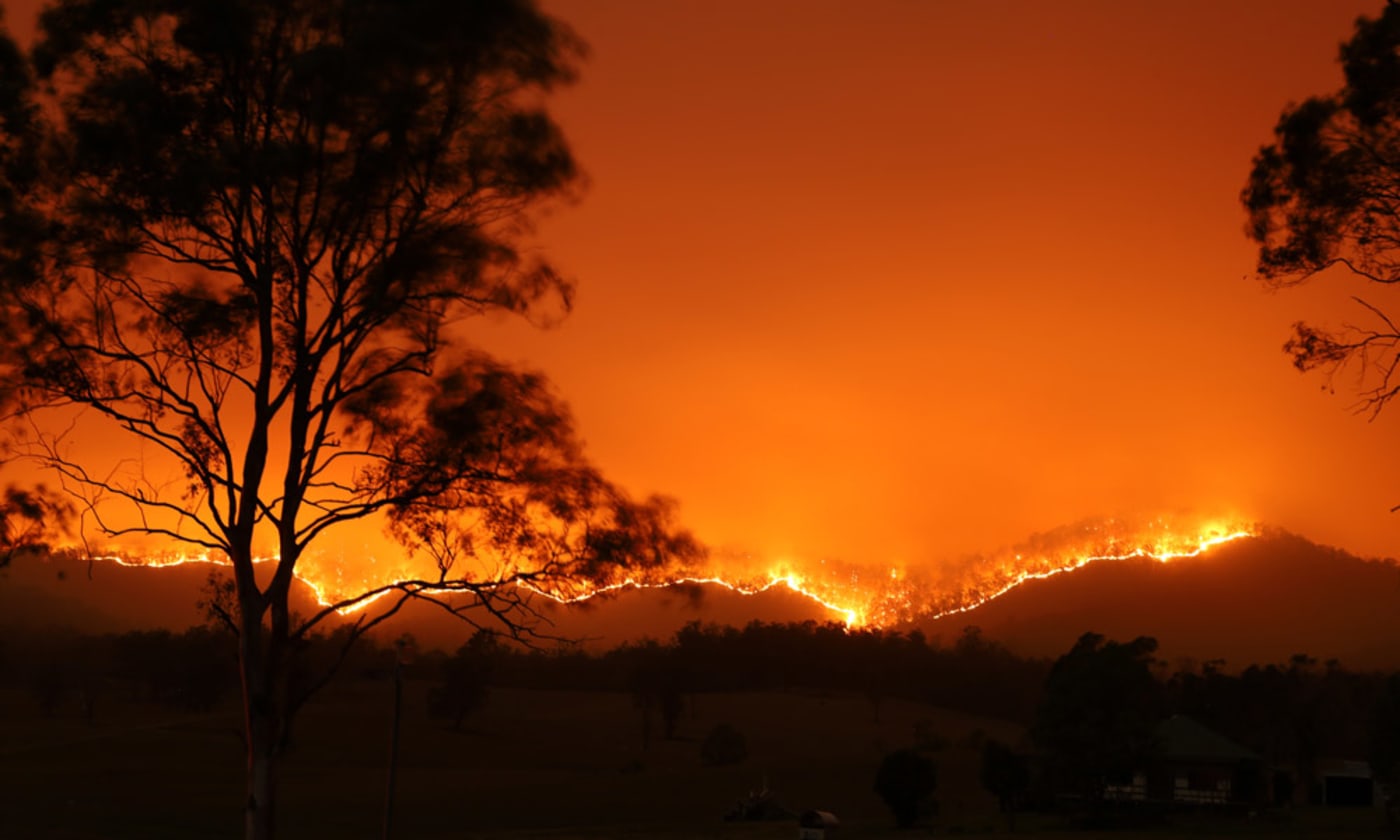Planning for Safety And Security: Establishing a Reliable Bushfire Management Plan
Planning for Safety And Security: Establishing a Reliable Bushfire Management Plan
Blog Article
The Relevance of Bushfire Administration in Fire Defense
In the world of fire protection, the value of reliable bushfire management can not be underrated. As neighborhoods around the world face increasing circumstances of wildfires, the proactive strategy to avoid and minimizing these natural catastrophes through calculated bushfire administration techniques has emerged as a vital aspect. Past the prompt threat to human life and home, the interaction between bushfire management and environmental conservation, community involvement, and environment modification positions intricate challenges that need detailed solutions.
Importance of Proactive Bushfire Avoidance
Positive bushfire avoidance methods are crucial in mitigating the ruining impacts of wildfires on ecological communities and neighborhoods. One key element of positive bushfire avoidance is gas administration.
Educating the public on fire safety and security practices and advertising area understanding about the importance of bushfire avoidance are vital parts of aggressive strategies. Inevitably, proactive bushfire avoidance plays a considerable function in protecting neighborhoods and communities from the harmful effects of wildfires.
Duty of Area Involvement in Fire Defense
Engaging the area in fire security initiatives is integral to boosting the efficiency of aggressive bushfire prevention methods. Area engagement plays an important function in promoting a collective understanding of the threats presented by bushfires and the importance of readiness actions. By entailing regional citizens, authorities can distribute essential details on fire safety and security practices, discharge procedures, and very early warning systems, equipping individuals to take positive steps to safeguard their lives and residential properties.
By fostering a culture of readiness and partnership, areas can enhance their capacity to respond effectively to bushfire emergencies, reducing the influence on homes and lives. Ultimately, community involvement is a foundation of comprehensive fire protection methods, stressing the value of cumulative activity in protecting at risk areas from the danger of bushfires.
Relevance of Wild Animals Preservation in Bushfire Monitoring
Conservation of wildlife plays a vital duty in efficient bushfire monitoring techniques, guaranteeing the protection of varied communities and biodiversity in fire-prone areas. Wildlife preservation is vital as it contributes to the total resilience of ecological communities, aiding in their capability to endure and recover from the influence of bushfires. By saving habitats and shielding different species, the all-natural equilibrium within these environments is maintained, which is vital for their long-term health and sustainability.
Additionally, wildlife preservation likewise aids in minimizing the threat and intensity of bushfires. Healthy ecological communities with well-preserved wild animals populaces can serve as all-natural firebreaks, reducing the spread of fires and limiting their damaging potential (Bushfire Risk). Particular pet types, like burrowing pets or birds that spread seeds, play distinct functions in avoiding fires or helping in the post-fire regrowth of environments
Incorporating wild animals preservation right into bushfire management methods is not only necessary for protecting biodiversity yet additionally for advertising the total wellness and strength of ecosystems despite boosting fire risks.
Advantages of Strategic Gas Decrease Programs
Strategically executing fuel decrease programs is essential in minimizing the threat and influence of bushfires in fire-prone areas. These programs include regulated burning, mechanical clearing up, and various other approaches to decrease the quantity of combustible plants available to sustain wildfires. By tactically reducing gas lots in crucial locations, such as close to household neighborhoods or important infrastructure, the strength and spread of bushfires can be significantly lowered.
One of the main benefits of fuel reduction programs is the improvement of general fire resilience in a community. By developing strategic fuel breaks and reducing the connection of plants, these programs assist to disrupt the path of a bushfire, making it simpler for firefighters to consist of and extinguish the blaze. blog here Furthermore, gas decrease programs can safeguard biodiversity by protecting against excessively intense fires that can ravage environments and intimidate wildlife populaces.
In addition, these programs can additionally safeguard human lives and residential or commercial property by decreasing the danger of tragic fires that posture a significant danger to areas. Inevitably, tactical gas reduction programs play a critical duty in aggressive bushfire administration and fostering a much safer atmosphere for both individuals and nature.
Impact of Environment Adjustment on Bushfire Threat

Higher temperatures result in drier plant life, making it extra at risk to ignition. Minimized rains in specific areas lengthens drought problems, even more increasing the flammability explanation of the landscape. In addition, the changing environment has altered wind patterns and weather, resulting in even more unpredictable fire habits and fast fire spread.
As the environment remains to alter, the frequency and strength of bushfires are anticipated to increase, necessitating a aggressive and adaptive strategy to bushfire management. Approaches must progress to account for the changing threat landscape, including climate projections and considering long-lasting strength in fire monitoring planning. Attending to the effect of climate adjustment on bushfire risk is important in creating effective methods to safeguard lives, building, and the setting.
Conclusion
To conclude, aggressive bushfire avoidance, area engagement, wild animals preservation, critical fuel decrease programs, and factor click for more info to consider of climate change are important elements in efficient fire security. By implementing these techniques, we can much better take care of bushfire risks and shield both human lives and the environment. BMP. It is imperative that stakeholders collaborate to prioritize these actions to lessen the terrible influence of bushfires on areas and ecological communities

As the climate proceeds to change, the regularity and intensity of bushfires are anticipated to climb, necessitating a adaptive and aggressive approach to bushfire management.In verdict, aggressive bushfire prevention, community involvement, wildlife conservation, calculated gas decrease programs, and consideration of climate change are critical elements in reliable fire defense.
Report this page